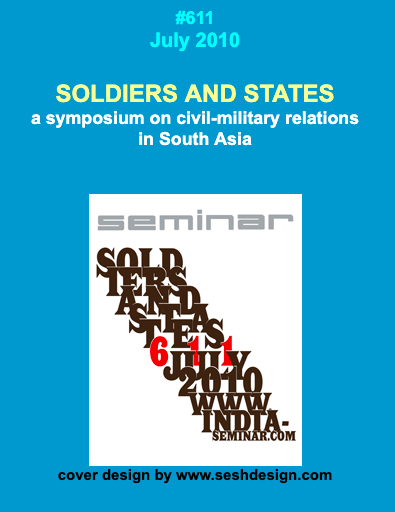
Civilian control over the use of armed force is widely accepted as a key constitutional principle for a modern liberal democracy. Like any other branch of executive government, the military and police establishments are subject to constitutional and statutory limits on their powers. Most constitutions invariably go further and pay special attention to the problem of securing and maintaining civilian control over the armed forces, and establish an elaborate system of institutional checks and balances to this end. A failure to properly institutionalize, and thereafter maintain, these constitutional arrangements can have a dramatic impact on the durability of national constitutions.
There are several types of failures that we notice in our South Asian neighbourhood. First, the military may displace civilian authority through a coup d’état and assume greater powers under the constitution. Pakistan and Bangladesh are two examples of such a constitutional failure. Second, the civil and military administration may be unable to enforce their writ in various parts of the country against armed local militia which run a parallel government. The Maoist movement in Nepal, and to a lesser extent in parts of India-demonstrate such a failure. Third, the military leadership may often enjoy the capacity and political legitimacy to intervene in times of crisis. The recent history of Thailand and Sri Lanka provide us with contrasting examples of such a failure. Despite several ways in which constitutions may fail to adhere to this key constitutional principle that governs the relationship between civilian and military power, the principle has received little critical attention in Indian constitutional analysis.
In this essay, we remedy this lack of attention with a brief sketch of the manner in which the Indian Constitution organizes civil and political control over the use of armed force and focus on one instance of the judiciary’s failure to recognize and maintain these controls. The primary mode through which the Indian Constitution regulates the use of armed forces is by distinguishing between military powers and law and order powers which are conferred on the Union and state governments respectively. This distinction is ostensibly about the use of armed force outside and within the territory of the Union and the states. In recent times, the Union has been increasingly involved in the maintenance of law and order within the territory of India.
Access the paper here.
